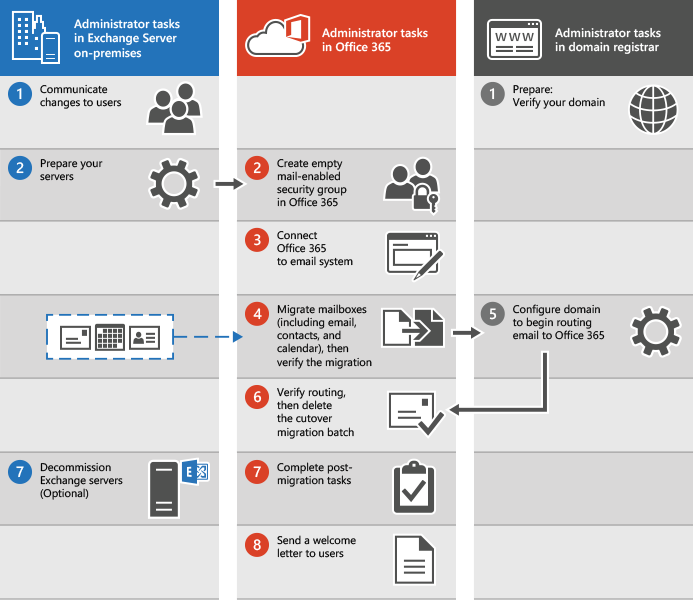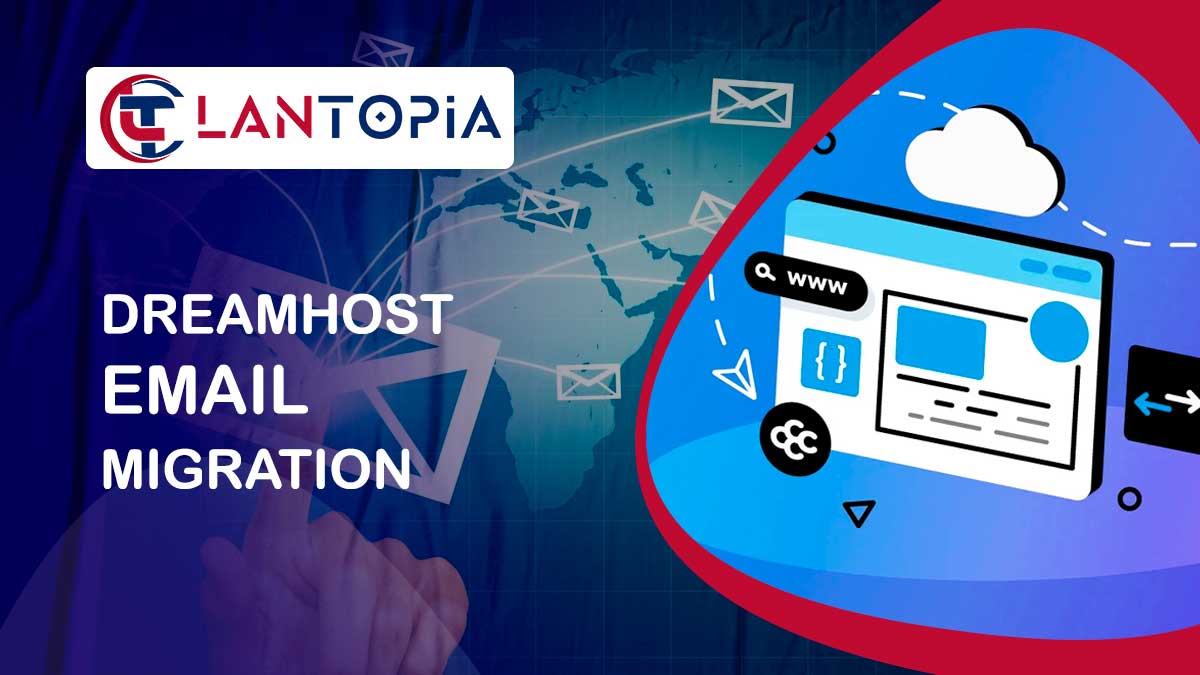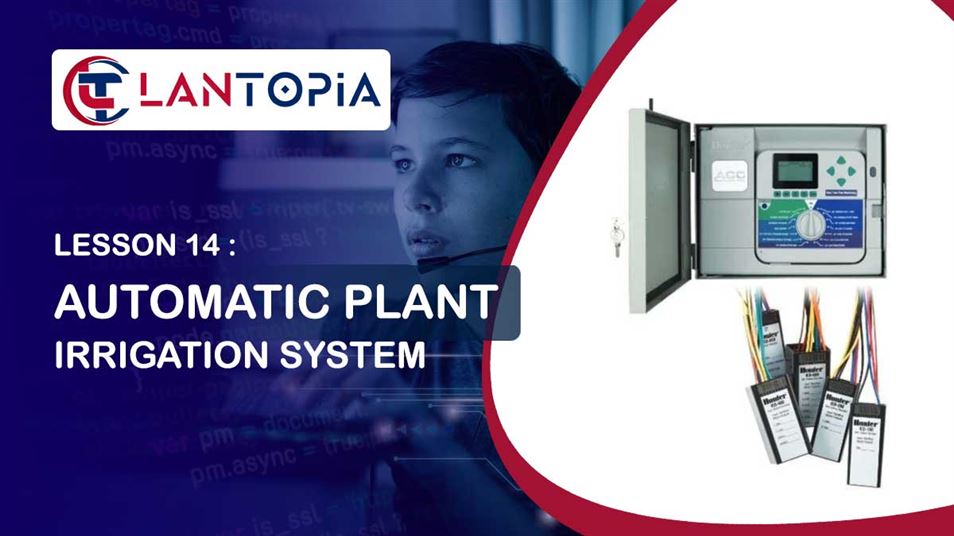How to define your Office 365 migration goals
The impact on regular business activities, regardless of the size of the company, is the main worry with the Office 365 migration. By meticulously organizing the migration procedure, the initial objective is to minimize interruption.

Establishing a timeline and adhering to delivery deadlines is the second objective to remember. A strict, defined schedule will not only guarantee the migration's success but will also benefit your workforce because you'll be meeting their expectations regarding adjustments.
Your Office 365 migration checklist highlights
It's helpful to review the takeaways, even if Microsoft has given their consumers a lot of assistance through the transition posters, tips, and tricks. The following actions should be on your Office 365 migration checklist:
1. Inform your team about the migration
Make sure to prepare your workers by informing them of the process and preparing them for the following steps before carrying out any other tasks on the migration checklist. Before going, make sure to prepare your staff for everything else on the migration checklist by informing them of the procedure and getting them ready for the next phases. The knowledge that employees will participate in the process as part of the following stage will assist them in controlling their expectations and adhering to the timeline.
As described in the following step, Microsoft's FastTrack program for O365 migration is intended to assist you with the transition, including employee participation.
2. Create an inventory
In accordance with Microsoft's advice, you ought to include everything in your environment, including:
User accounts: login information for current and previous employees' emails
Include all mailboxes, along with their number and size, in the description.
Storage information, including file share locations
Client information, such as OS, browser, and application versions, configurations, and specifications
Platforms for communication, including IM and collaboration systems
Network configurations, including DNS hosts, proxy and firewall settings, etc.
All information on the integrated applications, including CRM, HR, mail-enabled, etc.
3. Choose a deployment strategy
Microsoft provides a lot of assistance, from choosing the deployment strategy to detailed instructions for carrying out each one. The decision is based on the size of your business, your timeline objectives, and whether you're moving from the Exchange Server or another email server.
The most popular migration deployment techniques are listed below, and each one is appropriate for various data sizes and timeframes.
Migration of IMAP. To transfer the material from an IMAP message system, including from other email providers, such as Gmail or Yahoo Mail, use the Exchange admin center or, as an alternative, Exchange Online PowerShell.
migration to cutover. With cutover migration, you move every mailbox from on-premises to Office 365 over the course of a few days. Since there is a chance of poor performance while migrating a higher number of mailboxes, this technique works best if you have up to 150 mailboxes.
staging a move. The staged migration technique, which allows you to transfer groups of on-premises mailboxes to Office 365 or Microsoft 365 over the course of a few weeks or months, is a little slower.
hybrid implementation. A hybrid deployment might serve as a transitional stage before an organization completely switches to Office 365 or Microsoft 365. Similar to the cloud, it allows for control and a feature-rich experience with the already existing on-premises Exchange organization.
migration from a third party. If you require certain protocols and methodologies for email migrations from particular platforms on specified terms, use third-party migration tools.
The following deployment tasks are the most frequent ones that appear on the Office 365 migration checklist, regardless of the deployment strategy that is selected.
Add users, assign licenses, and create new or synchronize existing Office 365 accounts.
Choose identity models for O365 accounts when authenticating accounts.
Transfer all data to Microsoft 365, including contacts and emails from Gmail, Outlook, and other services.
Additionally, remember the following to achieve the most successful migration:
Store emails and files with a third-party archiver for easier use and accessibility.
For help with directory synchronization to Office 365, use Microsoft tools.
4. Roll out the employees
To finish the account creation and authentication stages, carry out employee rollout.Continue the rollout by these steps:
Add a domain to Office 365
Add users and assign appropriate licenses
Configure Office 365 application settings
Therefore, it is clear that the Office 365 migration checklist involves a lot of steps. The size of your organization, the current structure, your aims, and your personal tastes are just a few of the many variables that affect the precise process. This article's checklist serves as a general overview of the factors to take into account while organizing a migration deployment.
It is certain that doing as much planning and research as you can beforehand will help you save time and money.
The optimum opportunity to adopt additional security measures and set up legal compliance procedures is during migration. At Jatheon, we offer very effective third-party archiving solutions that are safe, secure, and far superior to the native archiving features provided by Office365 itself.
Contact us or request a brief demonstration of our cloud archiving software to find out how email archiving may support your Office365 migration process.
Comparability 28%
the blog at jatheon.com/office365-migration-checklistJatheon's Planning Your Office 365 Migration Checklist
Feb 18, 2022 · 1. Explain the relocation to your team Make sure to prepare your workers by informing them of the process and preparing them for the following steps before carrying out any other tasks on the migration checklist.






